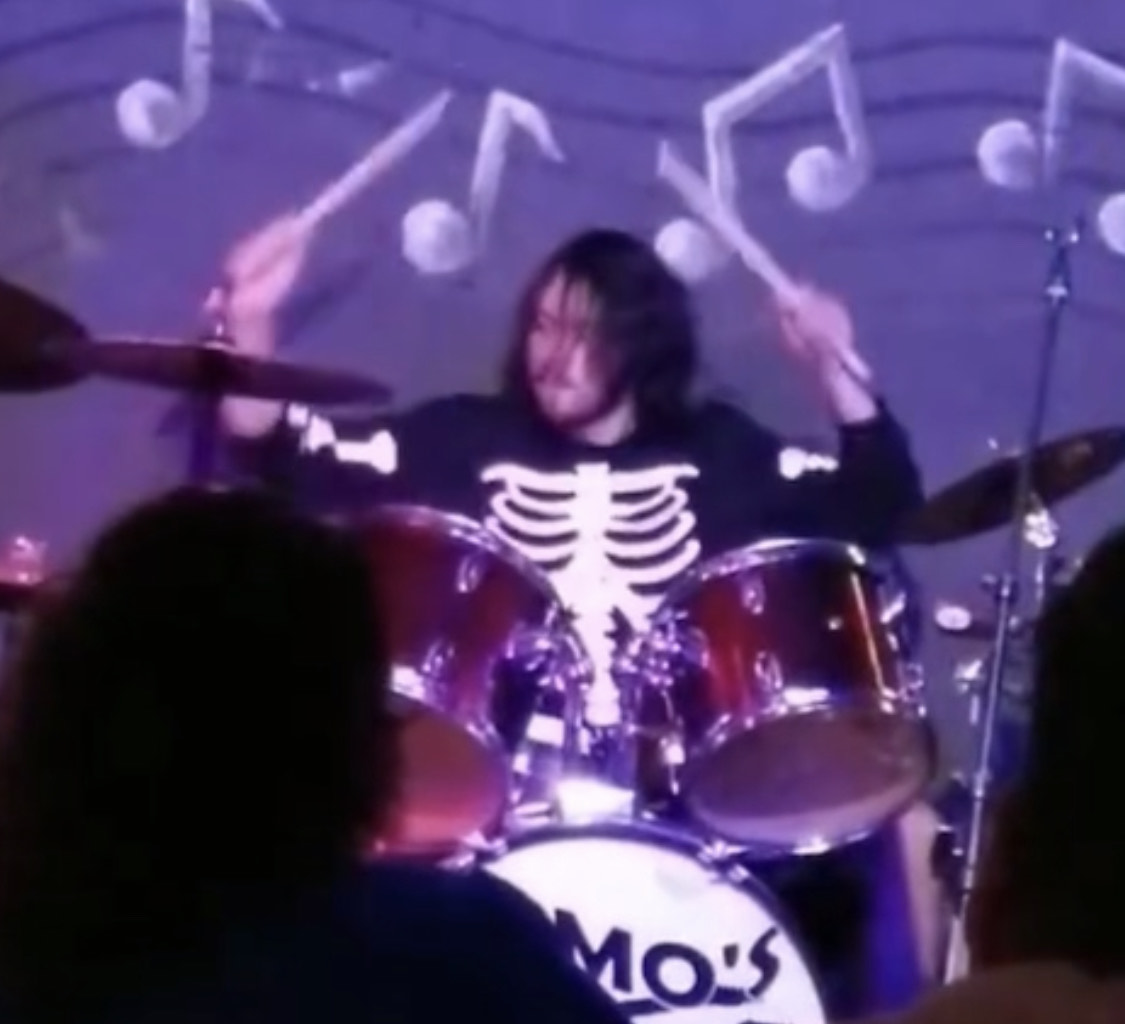By Josephine Norris, Photo Editor.
Leading and directing the many creative forces necessary for meaningful experiences are curators, directors and conductors guiding audiences on cultural journeys. Under their leadership, arts organizations are able to provide opportunities of traveling across time and space. Immersing attendees in memorable, emotional and visual experiences, these leaders are invaluable in creating a lasting impact on communities.
The current search for a new conductor of the Saginaw Bay Symphony Orchestra inspired the first performance of the year Jan. 30. The concert was entitled “Drama, Voyage, Folklore and 21 Years of Inspiration.” Stilian Kirov, a candidate for the position of conductor of had the opportunity to show his talents throughout the night. Kirov is the fourth out of six conductors to audition for the position.
Kirov created an evening of powerful music as he not only lead the orchestra, but met the city of Saginaw.
Fitting with the name of the concert, the first work performed was Ludwig Van Beethoven’s dramatic “Leonore Overture, No. 1, Opus 138.” The piece is filled with dynamic and varied moments; the music is fast and dramatic, then slow and gentle.
John Corigliano’s “Voyage” is a rich and encompassing work, sensual and flowing. As assumed by the title, visual images of traveling and crossing bodies of water come to mind as one listens to the piece.
For the folklore portion of the title, the orchestra performed Bela Bartok’s “Romanian Folk Dances.” The piece is inspired by Bartok’s work for his country during World War I to collect and record Eastern European songs and dances. Combining these dances, Bartok took the melodies and created a musical celebration of folk culture. The audience was taken on a journey through the movements and once it was over, there was a collected murmur of “wow.”
Concluding the evening, and meaning behind the “21 Years of Inspiration,” was Johannes Brahms’ “Symphony No. 1 in C Minor, Opus 68.” During his career, there was a great pressure on Brahms to create a symphony. After years of work and inspiration (most notably from Beethoven), Brahms orchestrated a complex and masterful symphony of weighty and intense moments that encircle the softer and gentler moments in the middle. The work had an emotional feel and it brought to mind the concept of how music can represent emotions.
Kirov treated the musicians he led with great respect. During the applause, he even stepped down from the conductor’s stand to bow on stage with the musicians. The audience did not fail to notice this interaction between conductor and orchestra. After the last note ended, the audience broke into enthusiastic applause and gave a near immediate standing ovation.
Editor’s Note: This article also appears in the Eye on Arts feature in the Saginaw Township View.

